Researchers at Mystic University in Connecticut have identified a gene associated with seafaringness, according to an article to be published tomorrow in the journal Genetic Determinism Today. Patterns of inheritance of the long-sought gene offers hope for “sailing widows,” and could help explain why the sailing life has tended to run in families and why certain towns and geographical regions tend historically to have disproportionate numbers of sea-going citizens.
The gene is a form of the MAOA-L gene, previously associated with high-risk behavior and thrill-seeking; another form of the gene, found last year, made news as the “warrior gene.” The current variant, dubbed 4C, was found by a genome-wide association study (GWAS) on 290 individuals from Mystic, CT, New Bedford, MA, and Cold Spring Harbor, NY—all traditional nineteenth-century whaling villages. Residents showed the presence of the 4C variant at a frequency more than 20 times above background in neighboring landlocked towns.
C. M. Ishmael, the lead researcher on the study, said the findings could be a boon to medicine. Although the International Whaling Commission outlawed commercial whaling in 1986, the research could benefit literally hundreds of “sailing widows” left alone for Wednesday-evening sailboat races up and down the East Coast. Each year, an average of 11 salt-stained Polo shirts wash up on the New England and Mid-Atlantic coasts, the only remains of lantern-jawed investment bankers and their half-million-dollar boats. Ishmael said he is trying to have the irrational urge to sail entered into the Diagnostic and Statistical Manual, standard reference for psychiatric diseases, in the next, fifth, edition.
“This receptor is an exciting potential target for new drug therapies,” Ishmael said in a phone interview. “We hope lots of companies will be interested in it. And venture capital, too.” Ishmael is himself CEO of a company, MysticGene, formed to develop such therapies. When asked about potential conflict of interest, he replied cryptically, “Well, duh.” Shares of MysticGene closed higher on Monday following the announcement.
The gene for seafaringness has long been an object of study for human geneticists. The trait was first described in 1919 by Charles Davenport, director of Cold Spring Harbor Laboratory, who named it “thalassophilia.” Using pedigree analysis and anecdotal correlation, Davenport identified thalassophilia as a sex-linked recessive gene and distinguished it clinically from wanderlust, or love of adventure. Although one might think naively that people living in towns with good harbors would tend to go to sea, Davenport suggested the reverse: those with the thalassophilia trait have tended to migrate toward regions with good harbors and found settlements there. The current study does nothing to refute Davenport’s analysis.
Further, a tentative expansion of the GWAS analysis to various racial groups largely confirms Davenport’s observations that thalassophilia is more prevalent in Scandinavians and the English, and less common in people of German ancestry.
Thalassophilia joins a rapidly growing list of complex behavioral traits that have been shown to have a genetic basis, thanks to GWAS. Besides the warrior gene, recent studies have found genetic links to promiscuity, aggressive behavior, especially while drinking, religiosity, and bipolar disorder, or manic depression—all traits that Davenport and other early human geneticists were deeply interested in. The difference is that modern science better understands the mechanisms involved.
“Seamen know very well that their cravings for the sea are racial,” Davenport wrote in 1919. “’It is in the blood,’ they say.” Today we know it’s not in the blood—it’s in the genes.
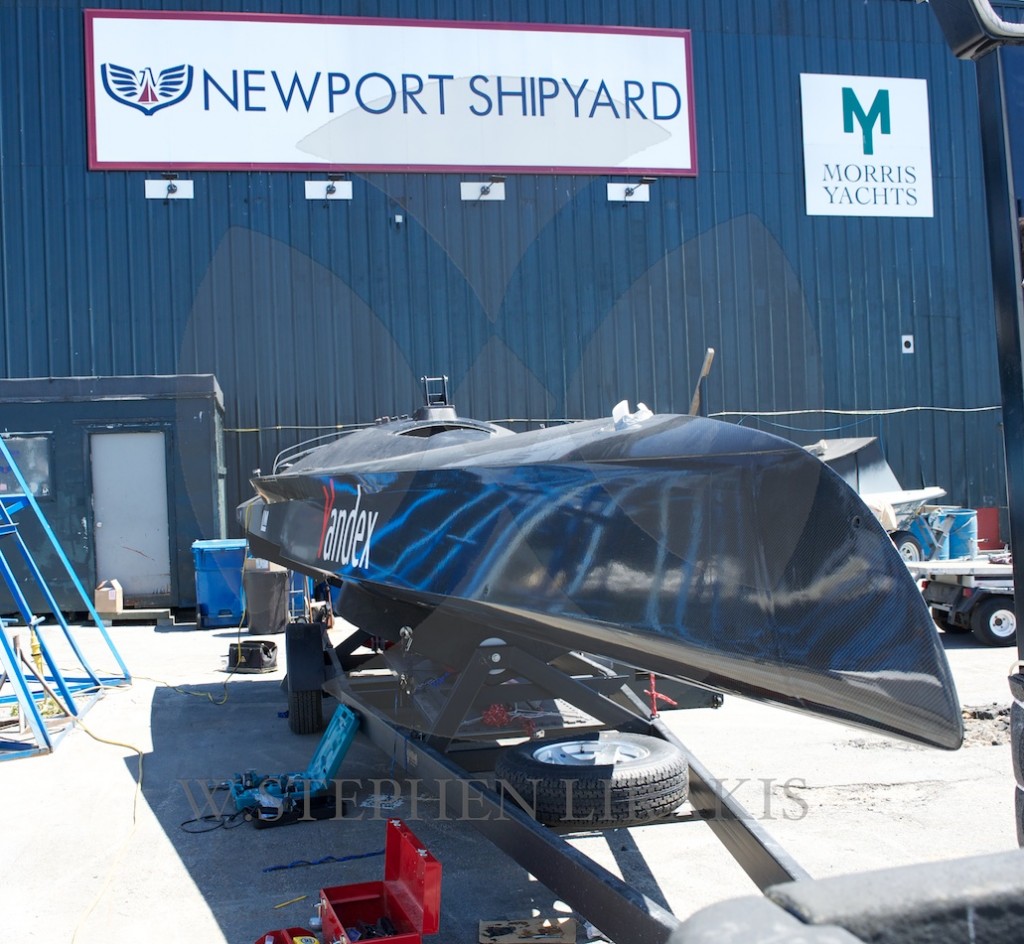
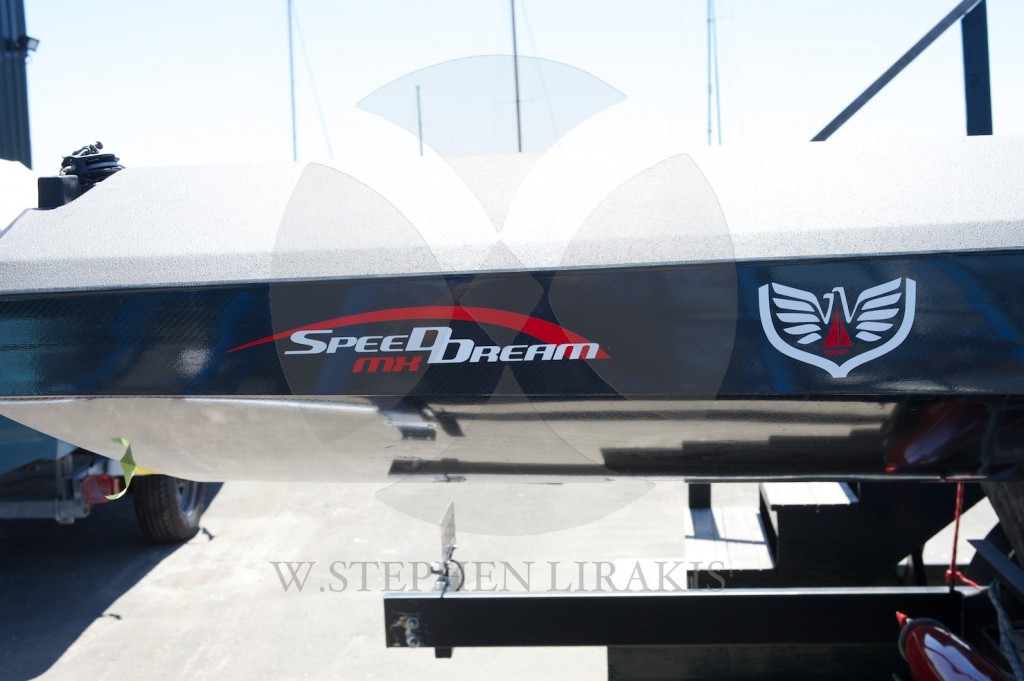
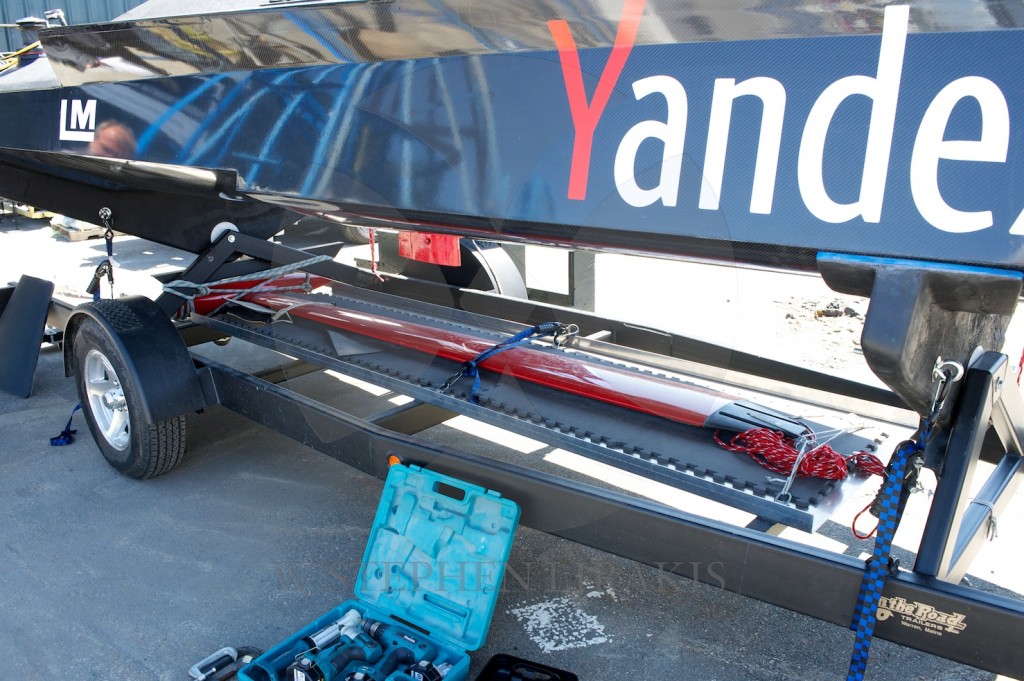

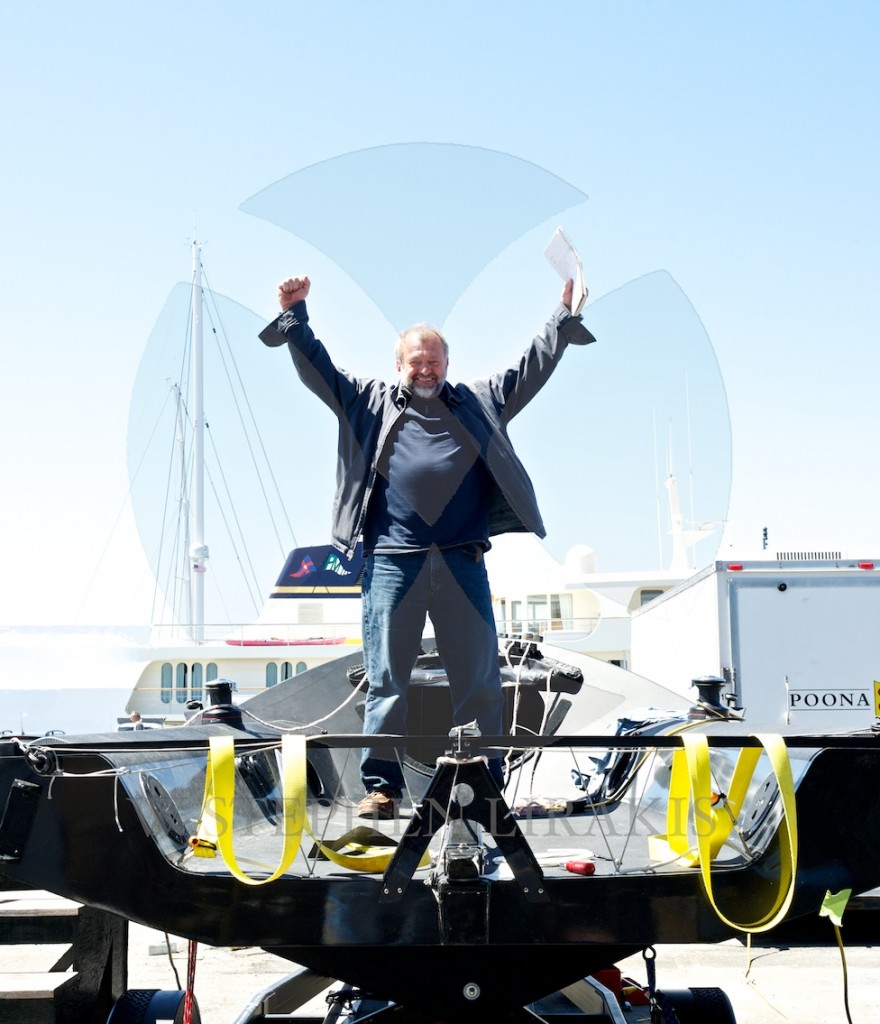

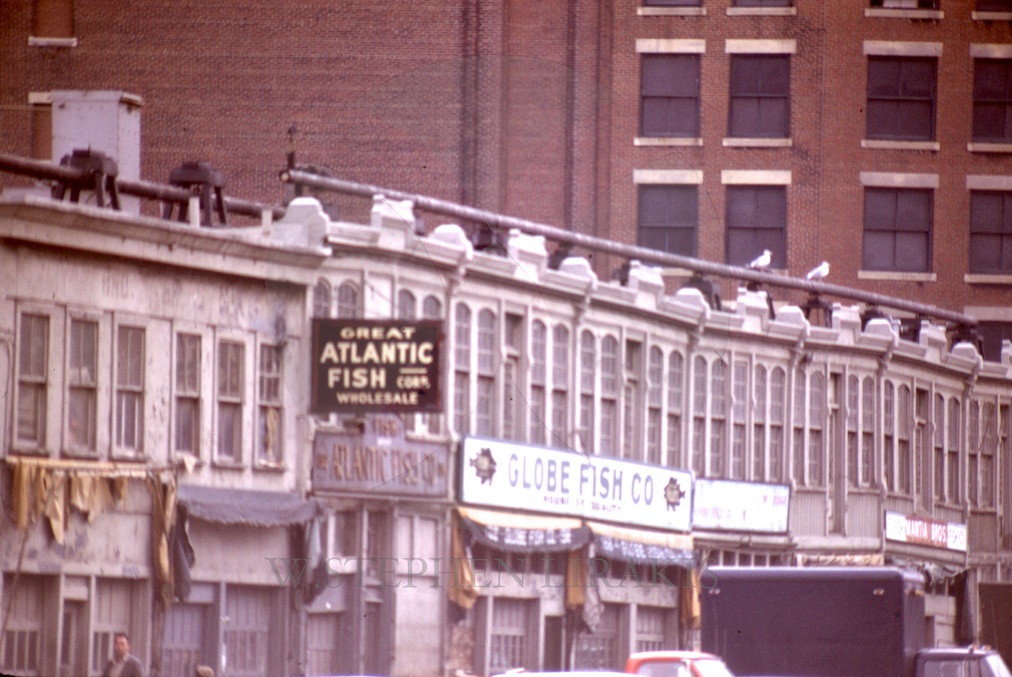



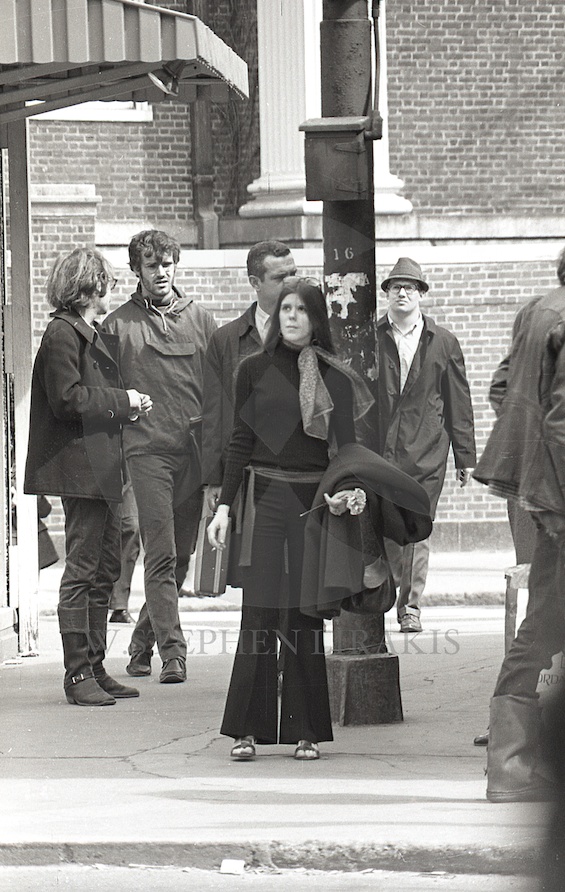

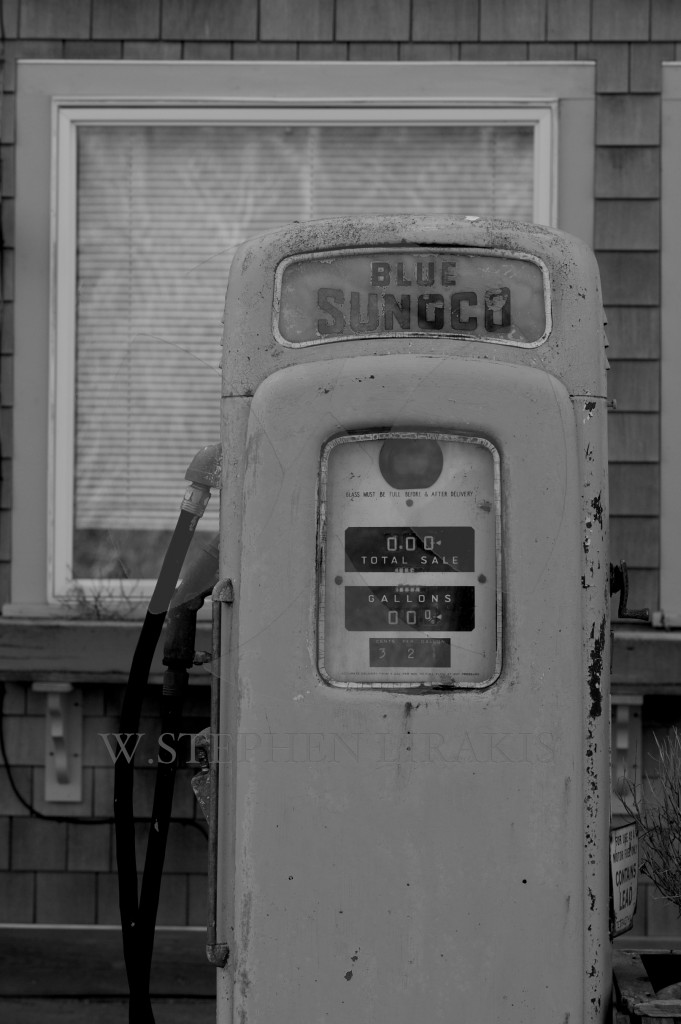

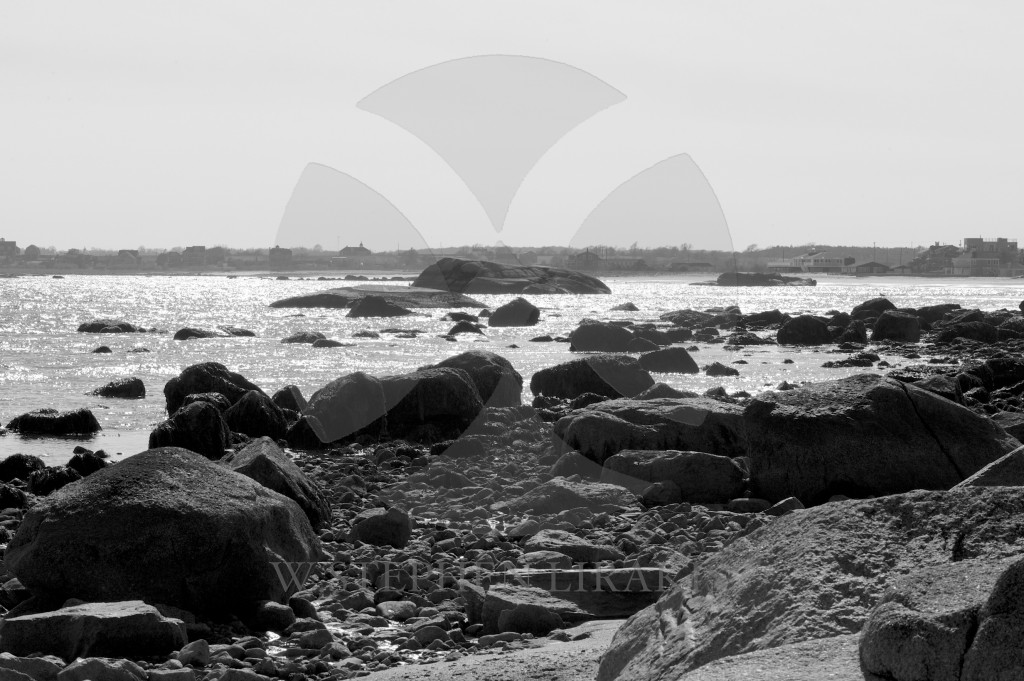
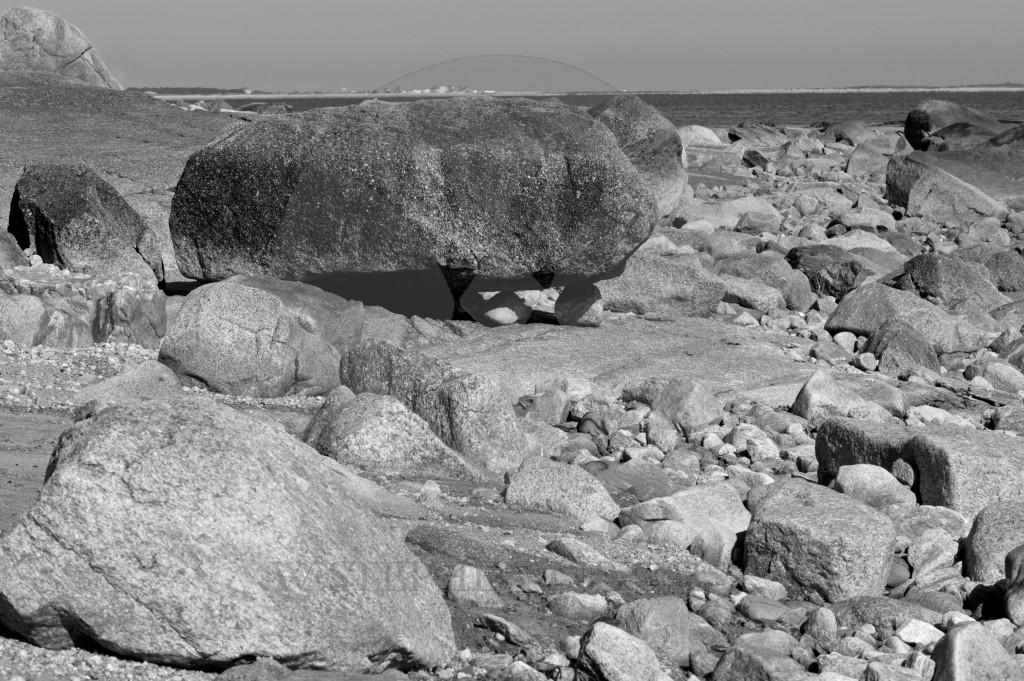
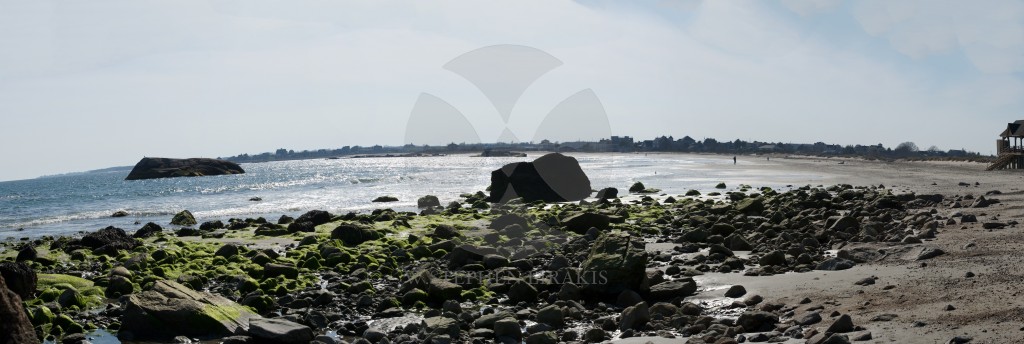
 Barry Pickthall /PPL
Barry Pickthall /PPL